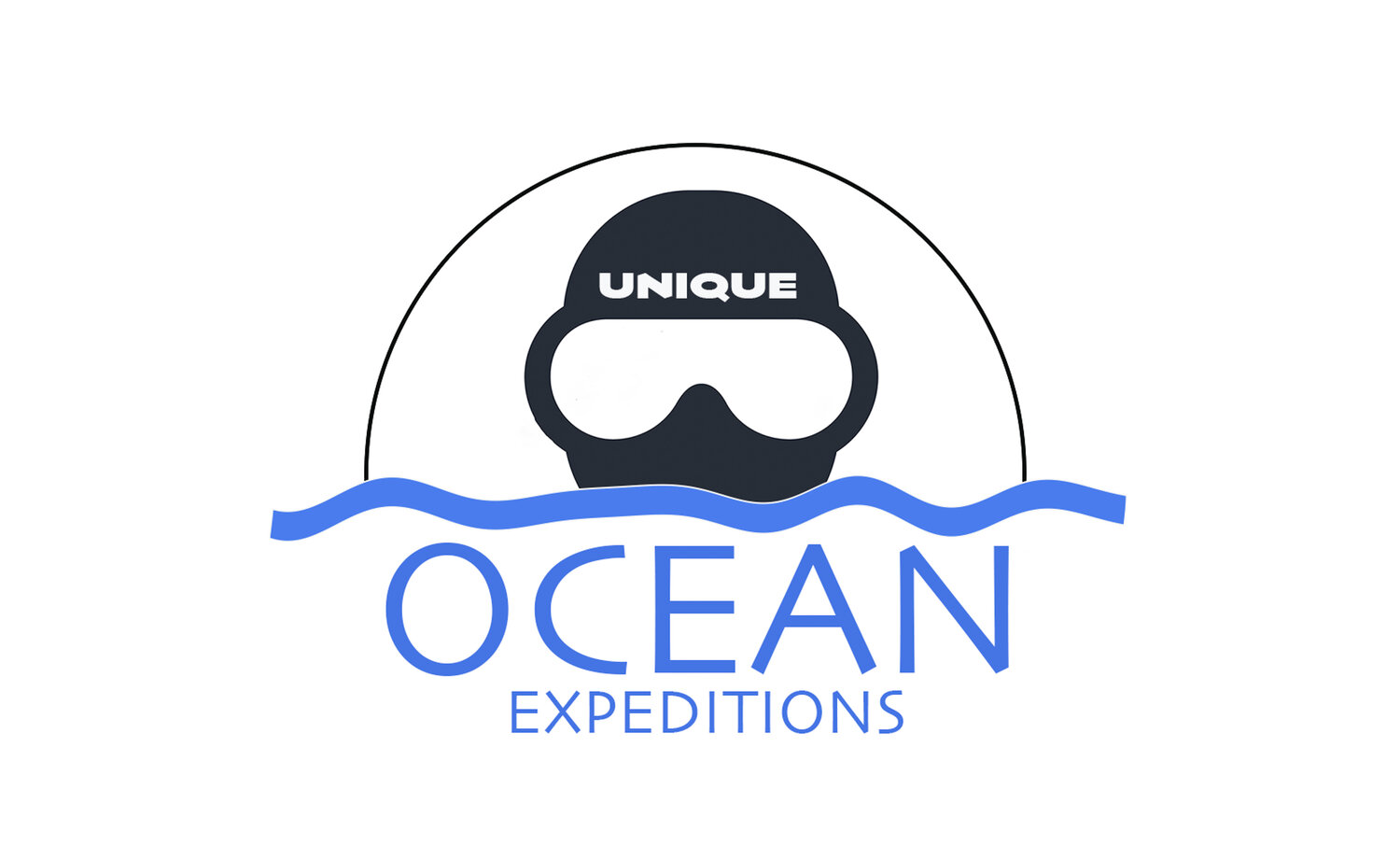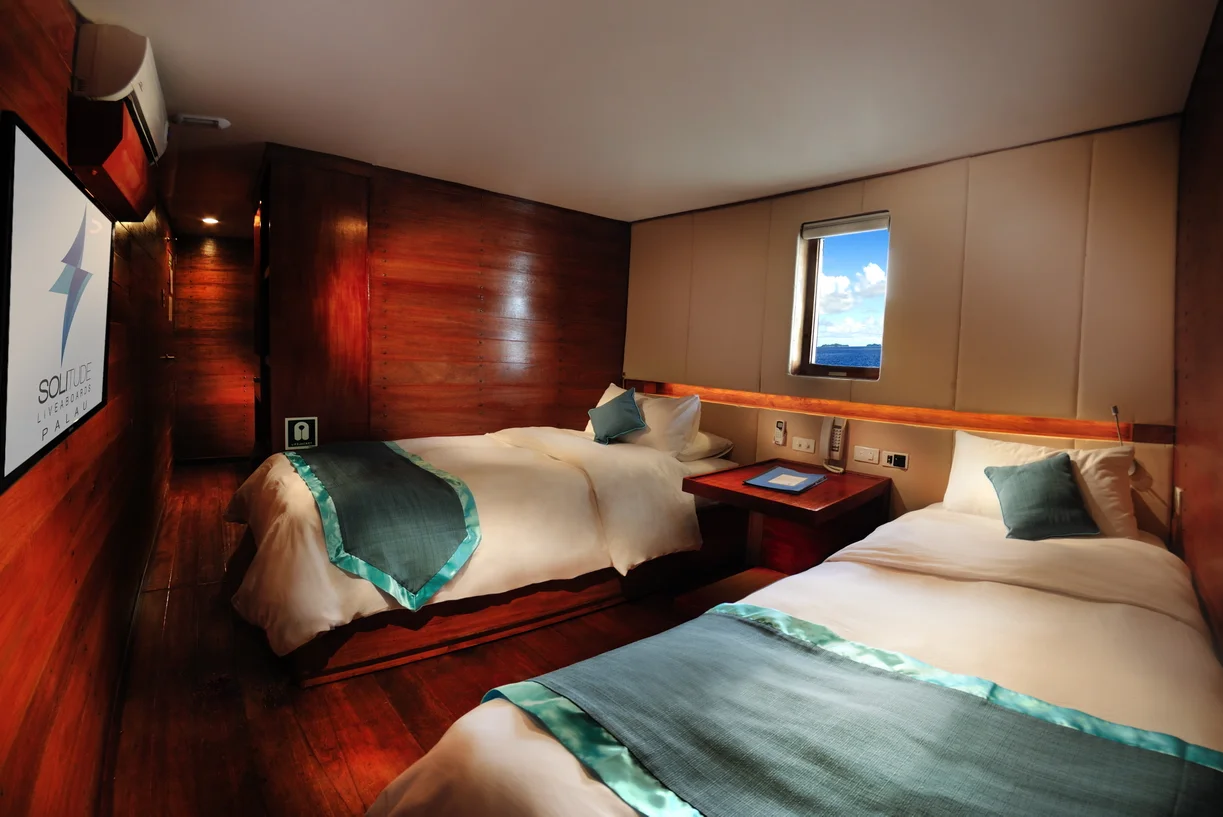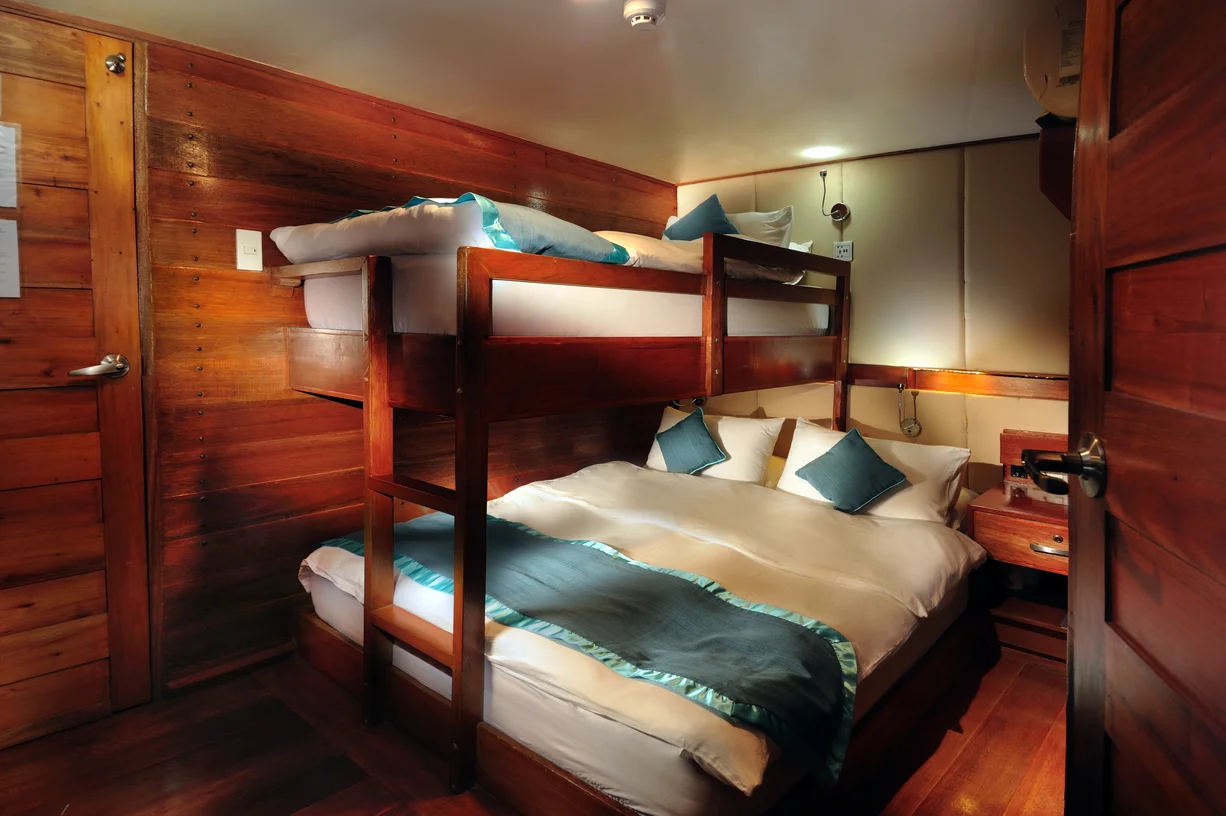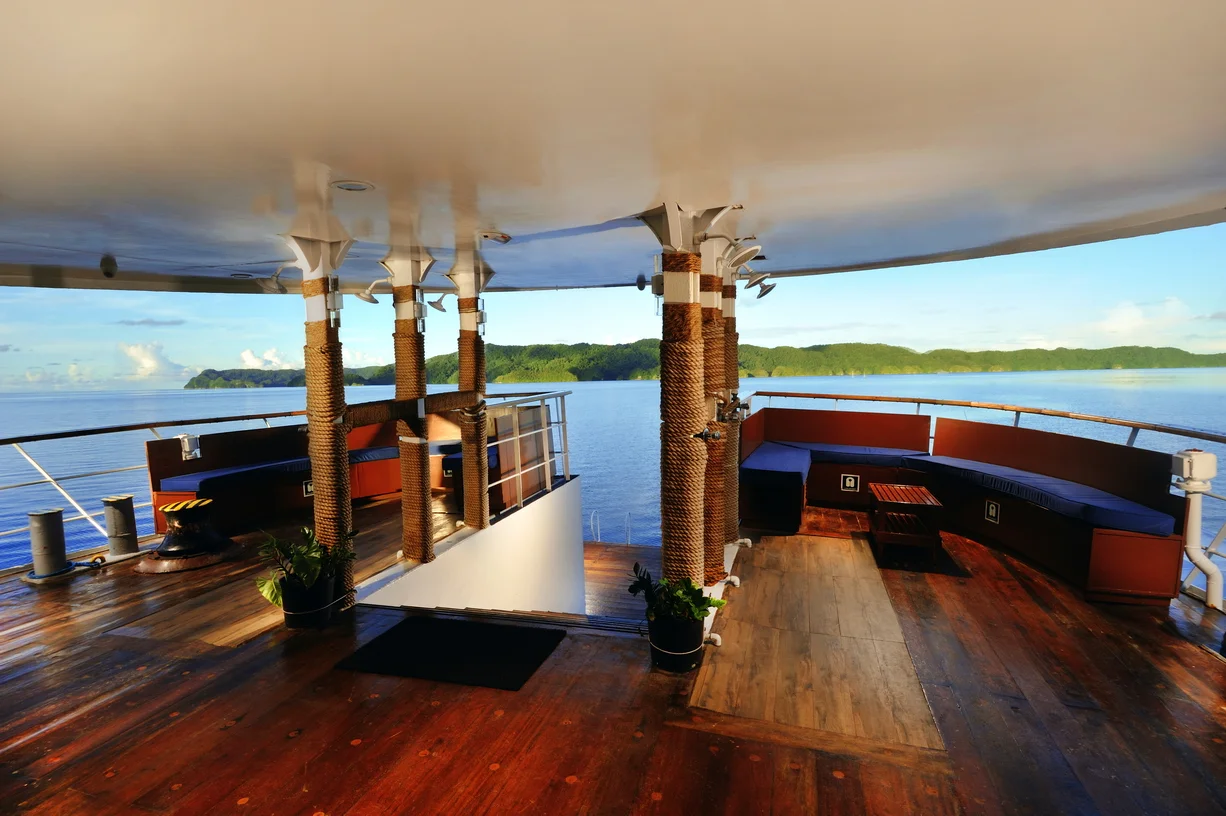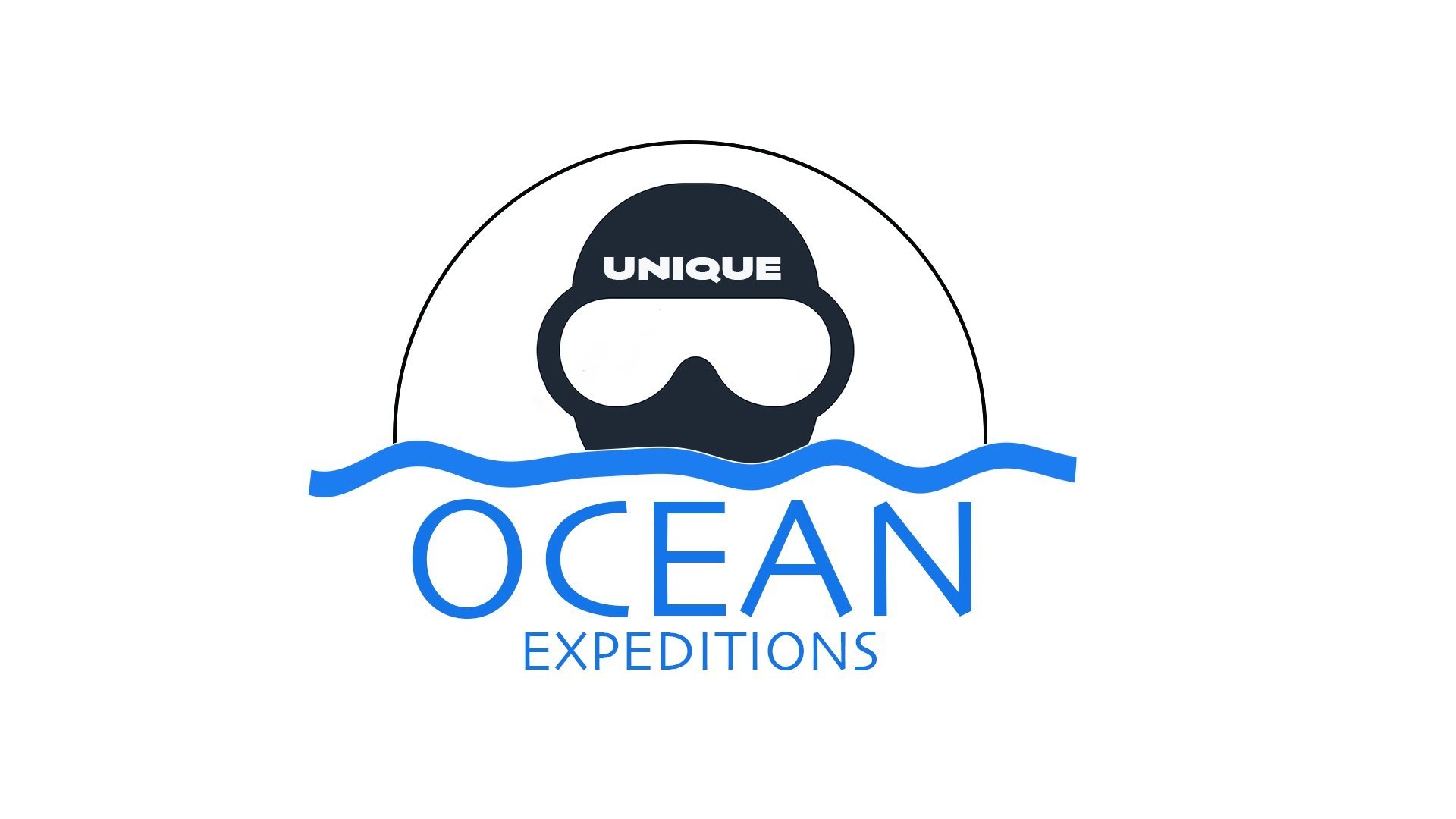WORLD WAR II WRECKS
TRUK LAGOON KNOWN FOR BEING THE BEST WRECK DIVING ON THE PLANET
Truk is best known for its world-class wreck diving and with over 60 wrecks, from supply vessels (Maru) to planes and a submarine, tightly packed into a coral reef lagoon. It is easy to appreciate why divers travel to this area time and time again. During WWII, the Japanese fleet used Truk as one of their main staging points for attacks on the allied forces but in 1944 the American led “Operation Hailstone” surprised the fleet resulting in the plethora of dive sites which we can see there today.
Many historical artifacts such as medicine bottles and newspapers along with articles of war, which include aircraft wings for the Zero Fighter planes, tanks, guns, gas masks and ammunition, can still be found at many of the
sites. Whilst the wrecks themselves are encrusted with corals, you can still clearly see telegraphs, steering columns and mounted guns. There is also the opportunity to explore engine rooms and holds.
DIGITAL OCEAN EXPLORERS collaborates here with ONE DROP MEXICO to take you through some of the best cenotes around Tulum during your seven day expedition. Your Expedition Leader and Photo Pro Richard Barnden will be giving in depth presentations along with Photography workshops throughout your trip.
EXPEDITION LEADER / PHOTOGRAPHER
RICHARD BARNDEN - RICHARD BARNDEN PHOTOGRAPHY
EXPEDITION DATES
2020 : 15TH - 20TH AUGUST
2021 : 05TH - 10TH AUGUST
LANDBASED - EIGHT GUESTS MAX
TRIP ITINERARY
TOUR OPERATOR / LOCAL EXPERT
FRANCESCA REINA - ONE DROP MEXICO
Day 1 - ARRIVAL - CHECK IN
Day 2 - Cenote Ponderosa
Day 3 - Cenote Taj Ma Ha
Day 4 - Cenote The Pit
Day 5 - Cenote Dos Ojos
Day 6 - Cenote Nicte Ha
Day 7 - Cenote Maravilla and Siete Bocas
Day 8 - DEPARTURE - CHECK OUT
AIRPORT ARRIVAL LOCATION - PLAYA DEL CARMEN
AIRPORT - HOTEL TRANSFERS INCLUDED
PRICE - $3200
7 NIGHTS ACCOMMODATION INCLUDED
6 DAYS DIVING INCLUDED
DEPOSIT - $1000
INCLUDES
8 days of Diving
Lunches
Transport to and from Diving Shop
Airport Transfers
Photography workshop with Richard Barnden
EXCLUDES
International & Domestic Flight
Meals other than Lunch
Park Permits
Gratuities
Rental and Dive Gears
LIVEABOARDS
M/V ODYSSEY
DIVE SITE INFORMATION
WATER TEMPERATURE - 27c / 85F
WETSUIT - 3mm / 5mm
DIGITAL OCEAN EXPLORERS will be holding yearly expeditions to the famous Cenotes in Playa Del Carmen focusing on capturing amazing imagery of this unique underwater world. We aim on exploring a new cenote each day concentrating on caturing its beauty, below is some information of each cenote we will explore.
Cenote Ponderosa, crystal clear water full of life hiding among the large blocks of collapsed limestone. The park is only 20 minutes from Playa del Carmen and Tulum On the cavern dive, we pass through a pronounced halocline (layers of fresh and salt water) and traverse over to Cenote Corral, while seeing amazing light effects throughout the dive.
Cenote Taj Ma Ha Cenote is a great cavern dive. This site is very popular amongst cavern divers because it offers a huge range of things to see. There are sections where you can observe the visual disturbance created when the layers of fresh and salt waters meet, called a halocline. When you dive to the point furthest from the cenote, you will find another beautiful sinkhole called Cenote Sugarbowl. Between the Sugarbowl and Taj Ma Ha cenotes, there is a huge chamber that is only partially filled with water. There are a few cracks in the ceiling of this chamber which, between the months of May and September, allow beams of light to come down through the water, making the Points of Light Room a must see during the summer months. It is a great beginner site, but extra care needs to be taken to prevent damage to the fragile formations.
Cenote The Pit is an amazing sinkhole inside the deep jungle, an upstream branch of the Sistema Dos Ojos. The Pit is with 391 ft/119 m the deepest cenote in the State of Quintana Roo. This dive will be for sure an unforgettable adventure in your life! Amazing sun rays penetrate to 30 m/100 ft crashing with a hydrogen sulfate cloud.
Cenote Dos Ojos are probably the world's best cavern dives. The name Dos Ojos means two eyes and refers to two neighboring cenotes which connect into a very large cavern zone shared between the two. These two cenotes appear like two large eyes into the underground. The original cave diving exploration of the whole cave system began through these cenotes. The Barbie Line, leads the diver mainly along the opening of the second eye, containing plenty of daylight. It also gives divers a lot of space to swim around huge columns and stalactites. The Bat Cave Line, feels almost like a cave. It is the darker of the two due to the fact that it leads around an air filled bat cave with little daylight entering.
Cenote Nicte Ha is located in the Jacinto Pat ejido just a couple of kilometers form cenote Dos ojos. The meaning of its name in mayan is water flower since it is fullfilled with lillyis plant and flowers in all its surroundings. It is a great site for snorkeling and chilling while the sun rays heat you up for one more dive in its super clear waters.
Cenote Maravilla and Siete Bocas, is located on the highway that joins Puerto Morelos and Leona Vicario. Siete Bocas in Spanish means seven mouths and it is one of the many sinkholes in this region with a depth of more or less 70 meters. A gigantic Hydrosulfide cloud is the reason why some people also call this cenote ‘Milky Way’. Seven light beams enter through the roof and on a sunny day you can expect one amazing light show during your dive.
WORKSHOP SKILLS
RICHARD BARNDEN from Richard Barnden Photography will be leading this expedition and sharing his knowledge and skills of shooting the Cenotes. Each evening Richard will give in depth presentations about the following days diving along with photography tips on settings and compositions.
The cenotes is one of the best places in the world to shoot those classic cavern shots with eye catching beams of penetrating light. Each day we will explore a new cenote and concentrate on capturing its beauty.
SKILLS EXPLORED
Equipment and Photographic Gears
Cave Environments
Lighting - Ambient Light
Lighting - Strobes vs Continues light
Settings and Compositions
